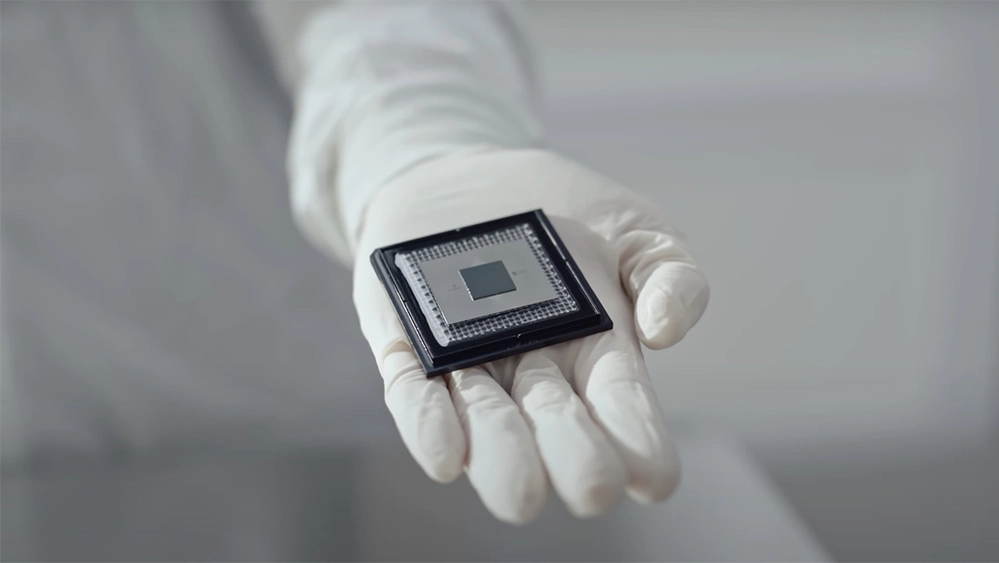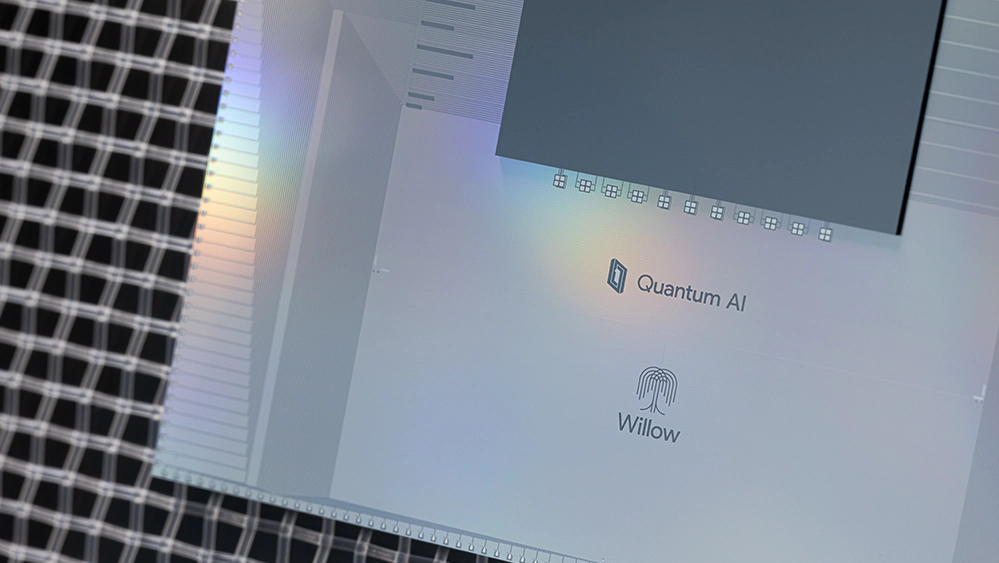How fast something is, and how small that thing is, often determine its impact on the world around it—whether it's a subatomic particle zipping through space or a technological marvel reshaping the future.
This time, Google has achieved something "mindboggling" in the field of quantum computing.
The tech titan unveiled what it calls 'Willow,' a quantum computer that measures only just 4 cm2. But that small size shouldn't fool anyone, because it possesses almost an inconceivable speed.
According to Google in a blog post, the computing chip can solve a task in just five minutes—a task that would take a conventional supercomputer 10,000,000,000,000,000,000,000,000 years to complete.
That huge number reads "10 septillion."

For perspective, the age of the universe is approximately 13.8 billion years, meaning 10 septillion years is about 724 trillion times the universe's current age.
If humans had started counting one number per second from the beginning of the universe, they would be still at around 435 quadrillion seconds, which is orders of magnitude smaller than 10 septillion.
In simpler terms, 10 septillion is an almost incomprehensible span of time.

Google's achievement can be traced back to 2019, when a team of Google researchers said they had built a machine capable of performing tasks that were not possible with traditional supercomputers.
They described this machine, called a quantum computer, as a turning point in the evolution of information technology.
At that time, some scientists disputed the claim.
And in the years since, as traditional supercomputers grew more powerful, they even matched the feats of Google’s quantum computer.
But Google's Willow may end this back-and-forth race between traditional machines and quantum computers.
Saying that Willow can solve a mathematical calculation in just under five minutes that one of the world’s most powerful supercomputers could not complete even when given a time that exceeds the age of the known universe, is a bold claim indeed.
We see Willow as an important step in our journey to build a useful quantum computer with practical applications in areas like drug discovery, fusion energy, battery design + more. Details here: https://t.co/dgPuXOoBSZ
— Sundar Pichai (@sundarpichai) December 9, 2024
First of, it's worth noting here that the mathematical calculation performed by Google’s machine never existed before, and was created solely to gauge the progress of
And second, quantum computing is known for having a high error rate.
For the latter, this is why Google said that it uses a form of error correction as a way of reducing mistakes in Willow.
In a research paper published in the science journal Nature, Google said its machine had surpassed the "error correction threshold," a milestone that scientists have been working toward for decades.
This allows Willow, which was designed in California beach town of Santa Barbara, to reach that astonishing potential.
Quantum computers offer many promising applications dependent on greatly improved performance. Read how we’ve combined quantum error correction w/ our latest superconducting processor, Willow, exponentially reducing error rates w/ increasing qubit scale →https://t.co/flyuINreWy pic.twitter.com/AFcv8bPX5c
— Google AI (@GoogleAI) December 9, 2024
This shows that the qubits physics of quantum mechanics is indeed superior in speed if compared to the traditional bits conventional computers use.
Quantum computing, which harnesses the discovery that matter can exist in multiple states at once, is predicted to have the power to carry out far bigger calculations than previously possible.
Whereas bits can only take the form of either 0 or 1 and not both, qubits can be any of them at the same time.
Simply put, a quantum computer can be in many different states at once, meaning that it can get more done at the same time.
Google’s achievement shows that scientists are steadily improving techniques that could allow quantum computing to live up to the enormous expectations that have surrounded this big idea.
What this also means, quantum computers are on a path to a moment, when they can overcome their mistakes and perform calculations that could accelerate the progress of drug discovery.
They could also break the encryption that protects computers vital to national security.
And later, if researchers can bring the cost down, humanity may be able to bring quantum computers to everyone.
At this time, however, quantum computing is still an experimental technology, and far from mainstream.
The computers are assembled into a weird-looking contraption, hanged from the ceiling. They use specialized cooling system to cool them to near absolute zero, only to reduce the error rates of the qubits.
They're also expensive.
Early quantum computers, depending on their complexity, can cost anywhere from $1 million to $10 million. And large-scale quantum computers from companies like Google, could range from $10 million to $50 million or more, especially when considering the necessary infrastructure, cryogenic systems, and development costs.
Google isn't alone in this field.
Many other tech giants, including Microsoft, Intel and IBM, are building similar technology as the U.S. races with China for supremacy in this increasingly important field.
As the U.S. has pushed forward, primarily through corporate giants and start-up companies, the Chinese government has said it is pumping more than $15.2 billion into quantum research.
